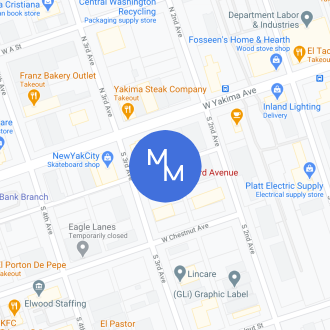The Washington State Department of Transportation has made significant efforts to understand why some drivers travel the wrong way on interstates and to determine what can be done to prevent these potentially fatal mistakes. On the heels of a recent fatal wrong-way crash in Ritzville, Wash., another wrong-way accident in Washington State sent three people to the hospital.
According to a news report citing the Washington State Patrol, a Cadillac was eastbound in the westbound lane of State Route 240 when it collided head-on with a Toyota. The driver and a passenger in the Toyota along with the wrong-way motorist were injured, and both vehicles were totaled. Charges were pending.
350 Killed Each Year on Average
Wrong-way car accidents in Washington remain somewhat of a mystery to officials. The state Department of Transportation conducted a study finding that most wrong-way drivers are able to correct their mistake before something tragic occurs. However some drivers continue to travel in the wrong direction even as vehicles and lights are coming straight at them.
According to data from the National Highway Traffic Safety Administration’s Fatal Accident Reporting System, about 350 people are killed each year in wrong-way freeway crashes. In the four-county area of King, Snohomish, Skagit and Whatcom, there were 136 wrong-way collisions that resulted in 81 deaths from 1997 to 2000. The Washington State Department of Transportation studied wrong-way incidents over 10 years along an 80-mile section of I-82 from Yakima to the Tri-Cities area (Richland, Kennewick, and Pasco). It found that there were 30 wrong-way crashes from 1986 through 1996 along this corridor, 11 of which resulted in 15 fatalities and three serious injuries.
Although many wrong-way crashes in Washington result from drug or alcohol impairment, a driver’s impairment is not always the cause. The state Department of Transportation embarked on two projects in the last decade to study wrong-way driver behavior and test countermeasures using ITS technology. The first project used sensors and digital video cameras, while the second used embedded sensors, videos and flashing lights. Both of these studies allowed engineers to create plans that may help prevent wrong way incidents in the future.



 Site by
Site by